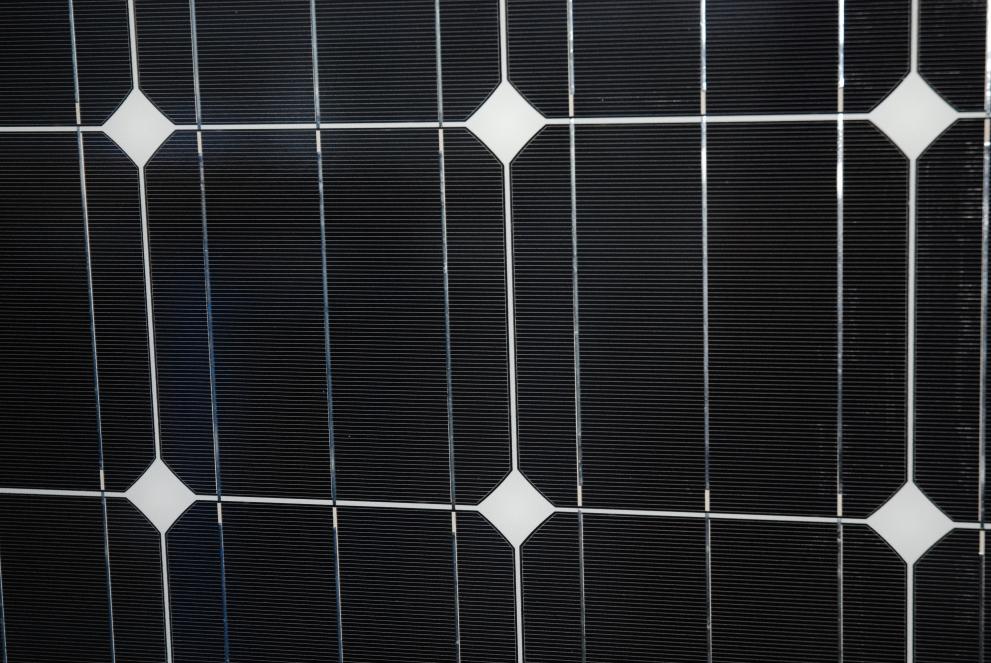
In the EU the photovoltaic (PV) electricity generated in 2018 amounts to about 4.5% of the final electricity demand. The share of high-efficiency PV modules for this energy production is steadily increasing. Therefore, in a recent publication JRC scientists co-presented an intercomparison of electrical performance characterisation based on measurements of high-efficiency c-Si PV modules run between 2014 and 2016 in a number of European and Asian laboratories.
Previous communication on preliminary results was done at the European PV conference (EUPVSEC) in 2016, but the recent publication presents a complete and detailed validation of the measurements and advanced statistical analysis of the results. Such high-efficiency PV modules are ever more widespread, but their accurate measurement requires the modification of traditional measurement protocols. This intercomparison served to assess how a number of laboratories are able to resolve this issue. Based on its ISO/IEC 17025 accreditation for PV device calibration (including full-size PV modules) the JRC's European Solar Test Installation (ESTI) served as the reference laboratory against which the measurements of all other participants were validated.
The devices under test were four types of high-efficiency c‐Si PV modules with efficiencies varying between 16.5% and 19.0%. The results indicate that a satisfactory agreement was achieved for all laboratories. This was confirmed by advanced statistical analysis of the results as well as by evaluating the measurement uncertainties introduced by spectral mismatch, due to deviations of the simulated sunlight to the reference spectrum.
The review of the peers, who judged the suitability of the paper for publication in Progress in Photovoltaics, leading journal of the PV sector, was particularly complimentary, suggesting that this paper will be used as a best practice reference for future comparisons and that it represents a significant improvement in the treatment of PV module measurement intercomparison data, with the authors having given considerable thought to the validity of the figures-of-merit. It has been judged a paper likely to act as a very useful guide to those performing similar work and that the quality of the work and the writing is apparent. On this basis, we were asked to extend the paper adding more detail, which is very unusual given that the manuscript was already highly extensive, and the authors expected a request to make it more concise.
Caption: Table of En numbers for all participant laboratories with respect to reference values, provided by ESTI. The range [-1;1] indicates good agreement. All results are therefore validated.
|
Lab 1 |
Lab 2 |
Lab 3 |
Lab 4 |
Lab 5 |
Lab 6 |
Lab 7 |
|
|
Module1a |
0.04 |
0.80 |
0.92 |
0.84 |
-0.25 |
0.09 |
0.89 |
|
Module1b |
0.20 |
0.89 |
0.87 |
0.83 |
-0.15 |
0.19 |
0.84 |
|
Module2a |
0.22 |
0.56 |
0.64 |
0.61 |
-0.36 |
-0.21 |
0.63 |
|
Module2b |
0.15 |
0.52 |
0.45 |
0.46 |
-0.42 |
-0.33 |
0.42 |
|
Module3a |
0.12 |
0.34 |
0.37 |
0.39 |
-0.17 |
-0.24 |
0.08 |
|
Module3b |
0.24 |
0.21 |
0.43 |
0.43 |
-0.21 |
-0.20 |
0.14 |
|
Module4a |
0.66 |
0.35 |
0.49 |
0.54 |
-0.01 |
0.57 |
-0.01 |
|
Module4b |
0.78 |
0.57 |
0.78 |
0.90 |
0.27 |
0.85 |
0.21 |
Background
Electric power is generated by photovoltaic (PV) modules under natural sunlight and in steady-state conditions. As it is difficult and expensive to simulate such conditions in the laboratory, most measurements are made using pulsed solar simulators, which have a typical pulse length of only 10 milliseconds. However, the ever more widespread high-efficiency c-Si PV modules have a high electrical capacitance, which distorts the results of the traditional current-voltage sweep made on the PV module during the duration of the light pulse. Hence, measuring them by applying the traditional method leads to incorrect results. One possible solution is to use directly natural sunlight or a large-area steady-state solar simulator, which both reflect more realistically the operating conditions of PV modules, but are, respectively, experimentally complex and expensive. Therefore, other techniques have been developed by modifying the traditional current-voltage sweep through the use of a multi-flash or dragon-back sweep profiles on pulsed solar simulators. However, the latter have to be validated against the former (already proved valid) in order to be acceptable for PV module testing or calibration. This was partly the aim of this intercomparison, where ESTI employed the former methods thus serving as reference point and the other participants used the latter ones.
Related Content
Details
- Publication date
- 23 July 2019
